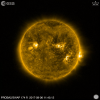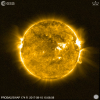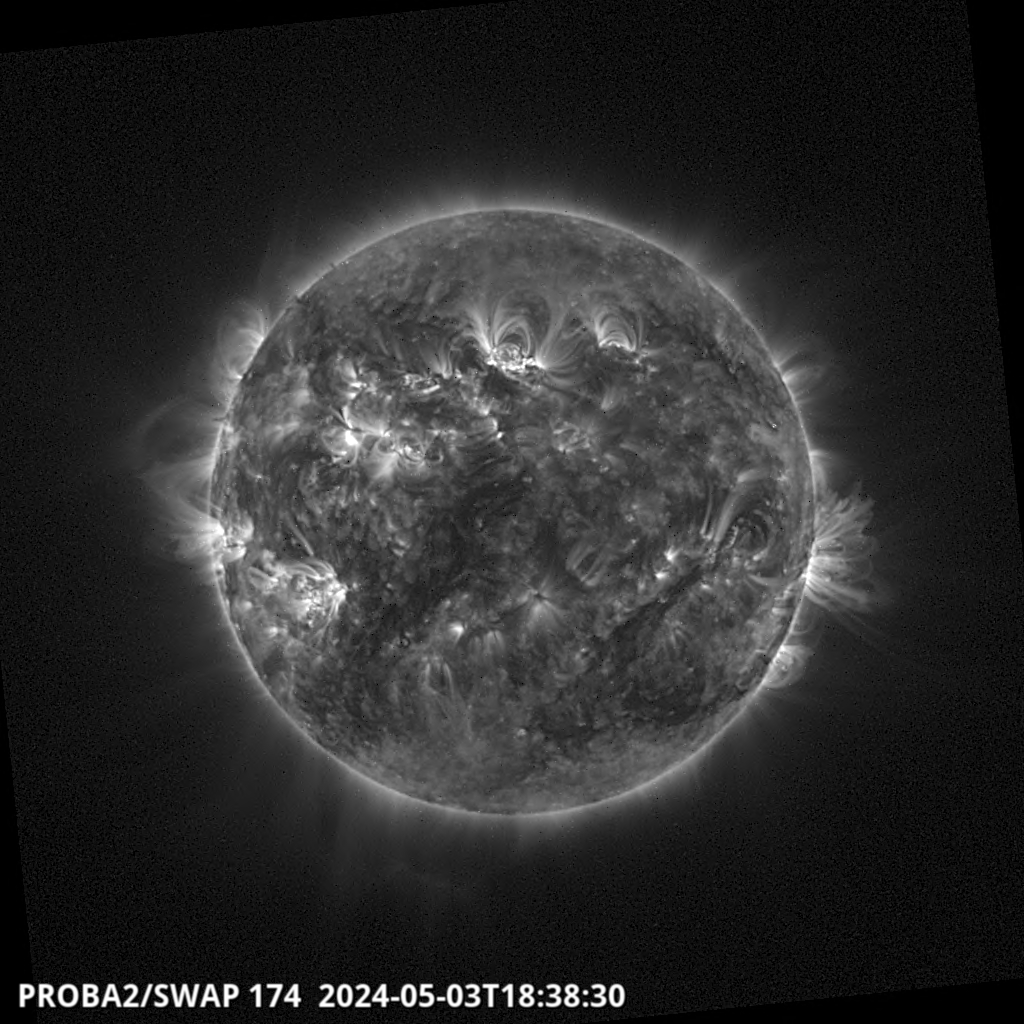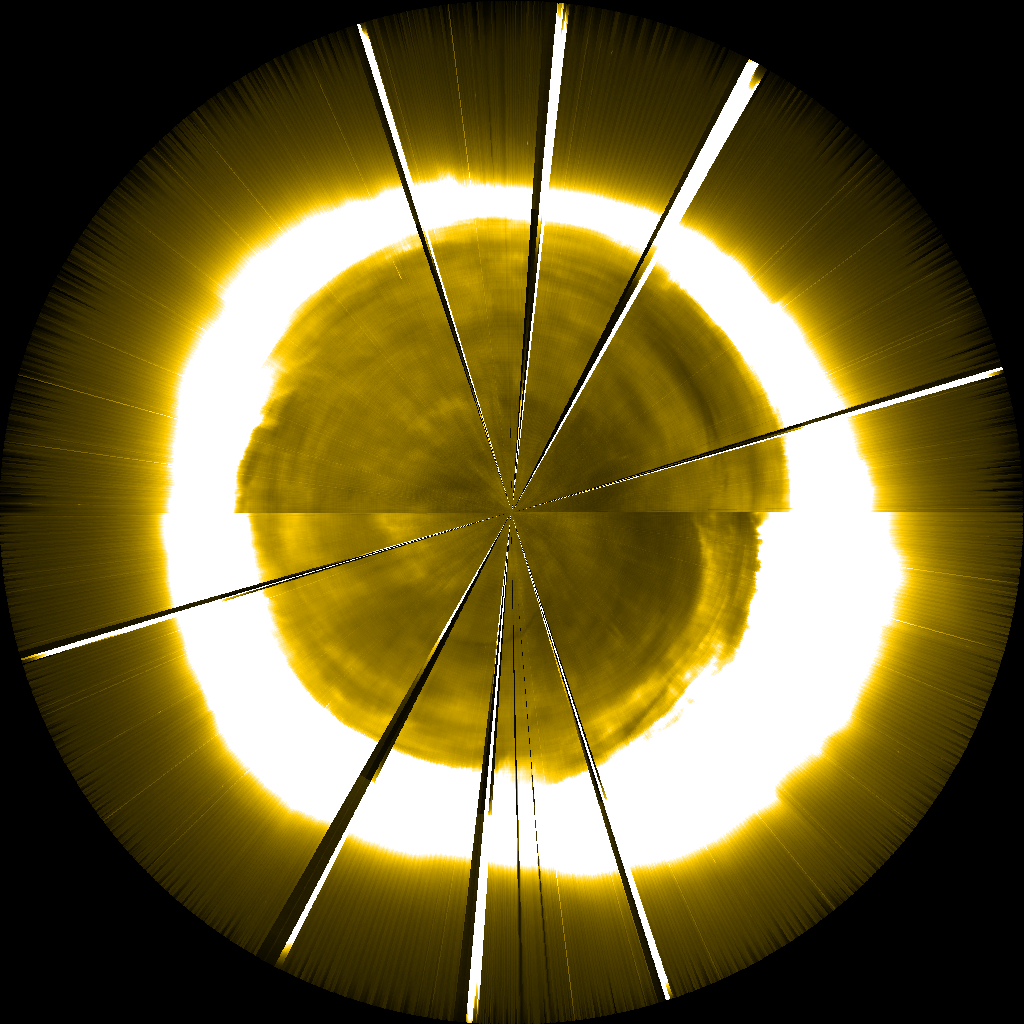Main menu
You are here
LYRA observes a strong solar flare in its Herzberg channel!
Big news in solar physics land: the sun produced a series of strong solar flares in the past week. On September 6, 2017, an X9.3 flare occurred in NOAA AR 12673 around 12:00 UT and was preceded by many other significant flares, including an X2.2 flare around 09:00 UT. (Learn more about solar flares and their classification here.) Another strong X-class flare was observed a few days later: on September 10 the same active region produced an X8.2 flare around 16:00 UT. At this time, the active region had already started to rotate over the solar limb, which means that is is likely that not all X-ray radiation reached our instruments and the true strength of the flare was underestimated. It may in reality have been stronger than the previous flare.
The X9.3 flare is the strongest one observed since December 5, 2006. As PROBA2 was only launched in 2009, this means that this flare was also the strongest one ever observed with the solar instruments SWAP and LYRA on-board the satellite.

And it gets even better! At the moment when the Sun started to erupt, LYRA (the broadband EUV radiometer on-board PROBA2) was running a special observation campaign involving one of its spare units. It could therefore produce very clear observations of the events, not only in extreme ultraviolet wavelengths (which it nearly continuously does with its nominal units), but also in lyman alpha and in the herzberg continuum! Such observations are relatively rare, and, as the mechanism producing the flare emission in these spectral ranges is not clearly identified yet, they are of particular importance to solar physicists.
The image to the right shows the LYRA observations of the X9.3 flare in 4 different wavelength channels. These unique data will certainly be studied with great interest by the LYRA team.
PROBA2's EUV imager SWAP also closely monitored the activity of AR 12673 over the last few days. A movie of the SWAP observations taken on September 6, 2017 is shown below on the top. It shows the X2.2 and X9.3 flares in the bottom right quadrant. Long after the X9.3 eruption, bright post-eruptive loops remain visible in these images. Also the early stages of the fast coronal mass ejection (CME) associated to the X9.3 flare are nicely imaged by SWAP. This expulsion of plasma was headed for Earth and arrived on September 8, causing a strong geomagnetic storm and sparking beautiful aurora. The movie at the bottom shows the X8.2 flare that occurred two days later. Here the associated CME can be followed in the SWAP images all the way to the edge of the field-of-view. The scaling in this movie is adapted exactly to bring out this CME better. In both movies also clear waves are seen to disrupt the corona as a result of these powerful eruptions.
SWAP observations of the X2.2 and X9.3 flares on September 6, 2017.
SWAP observations of the X8.2 flare on September 10, 2017.








